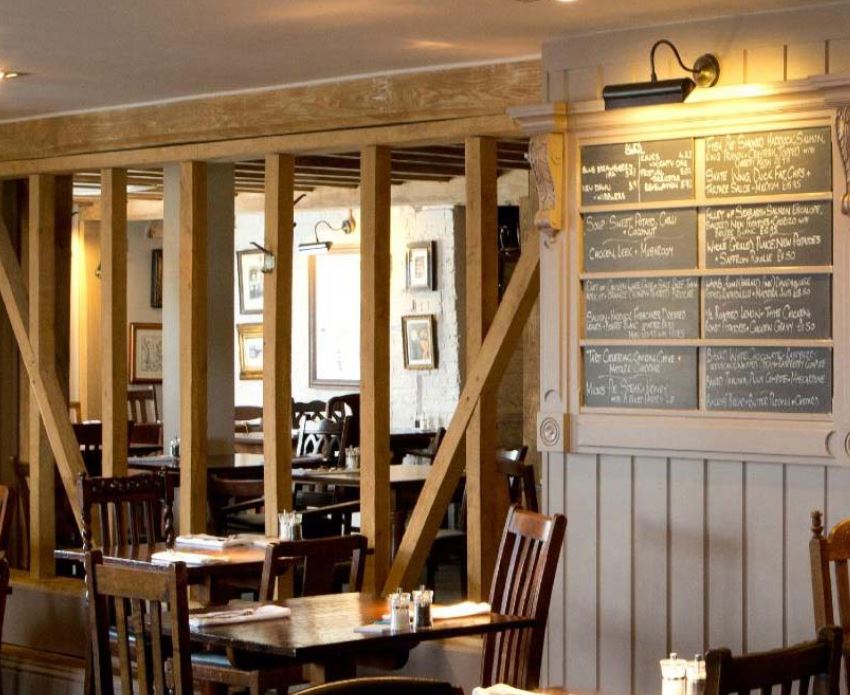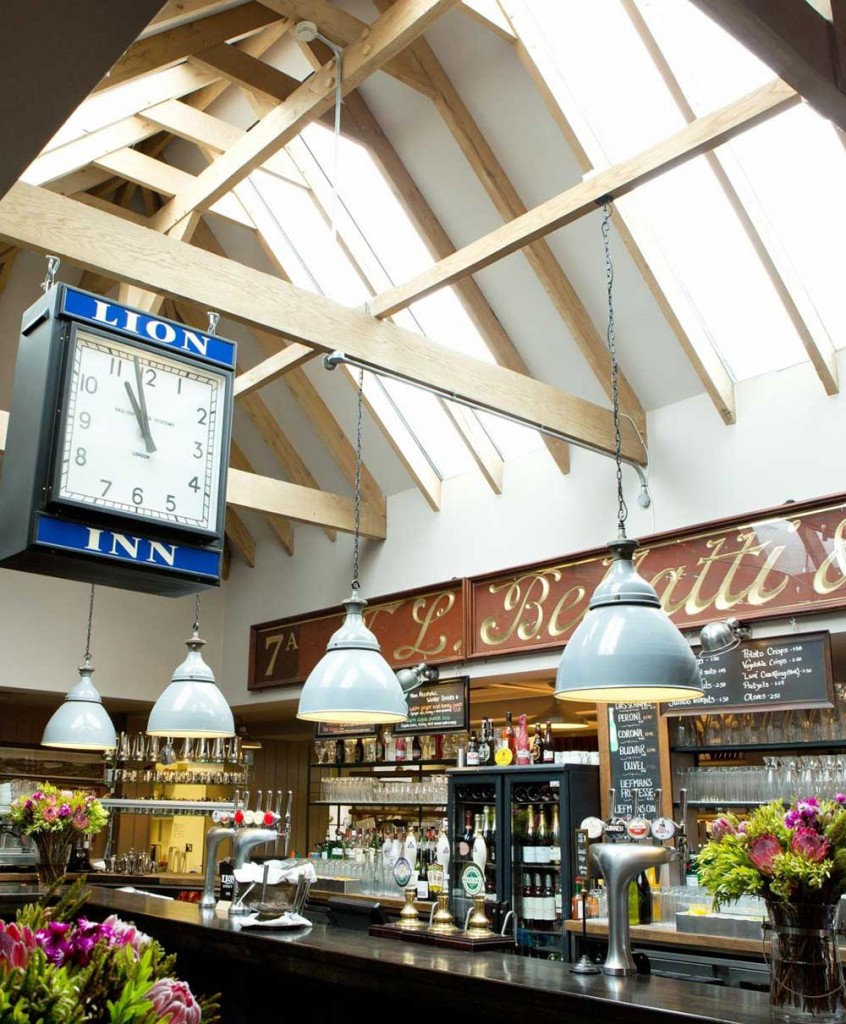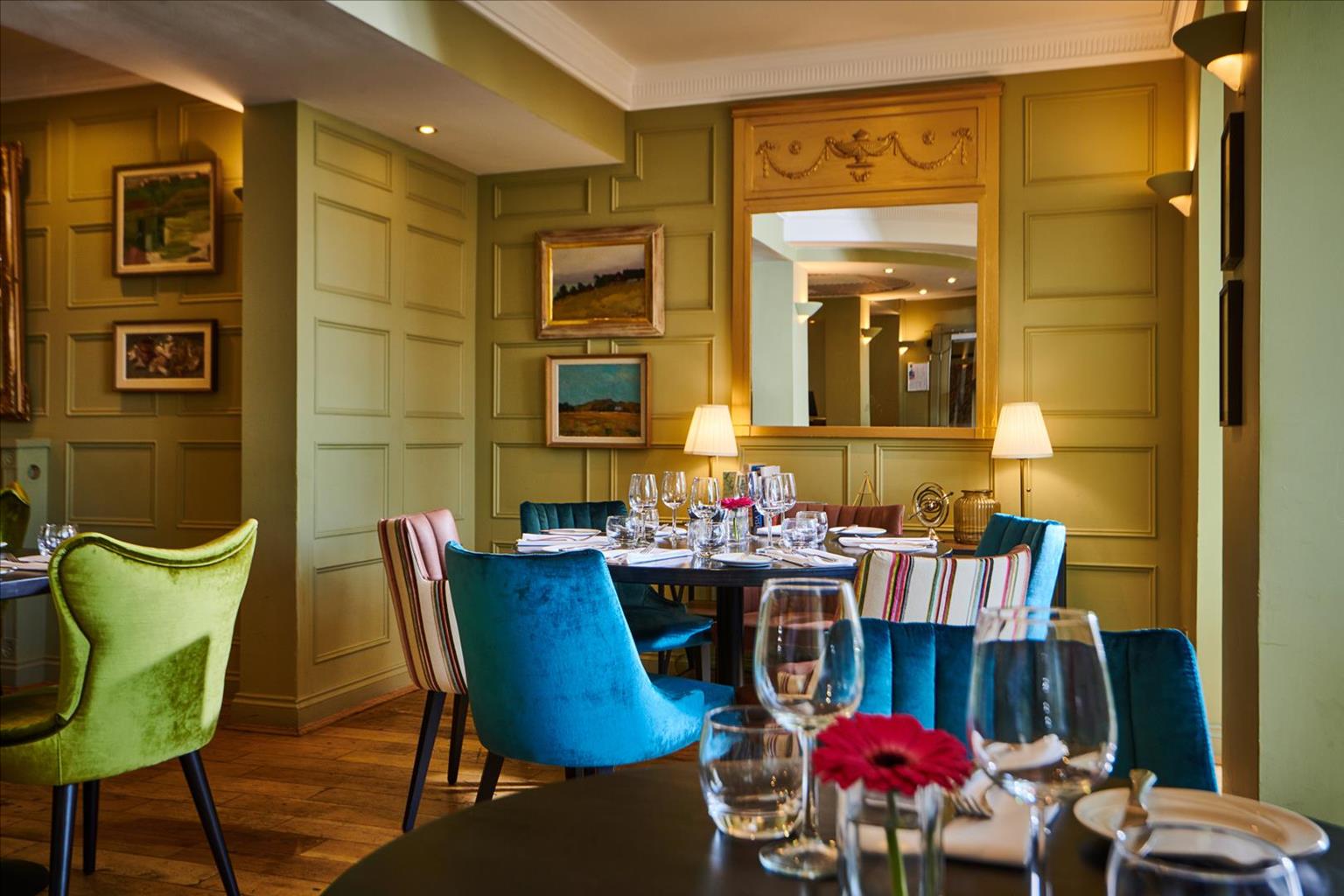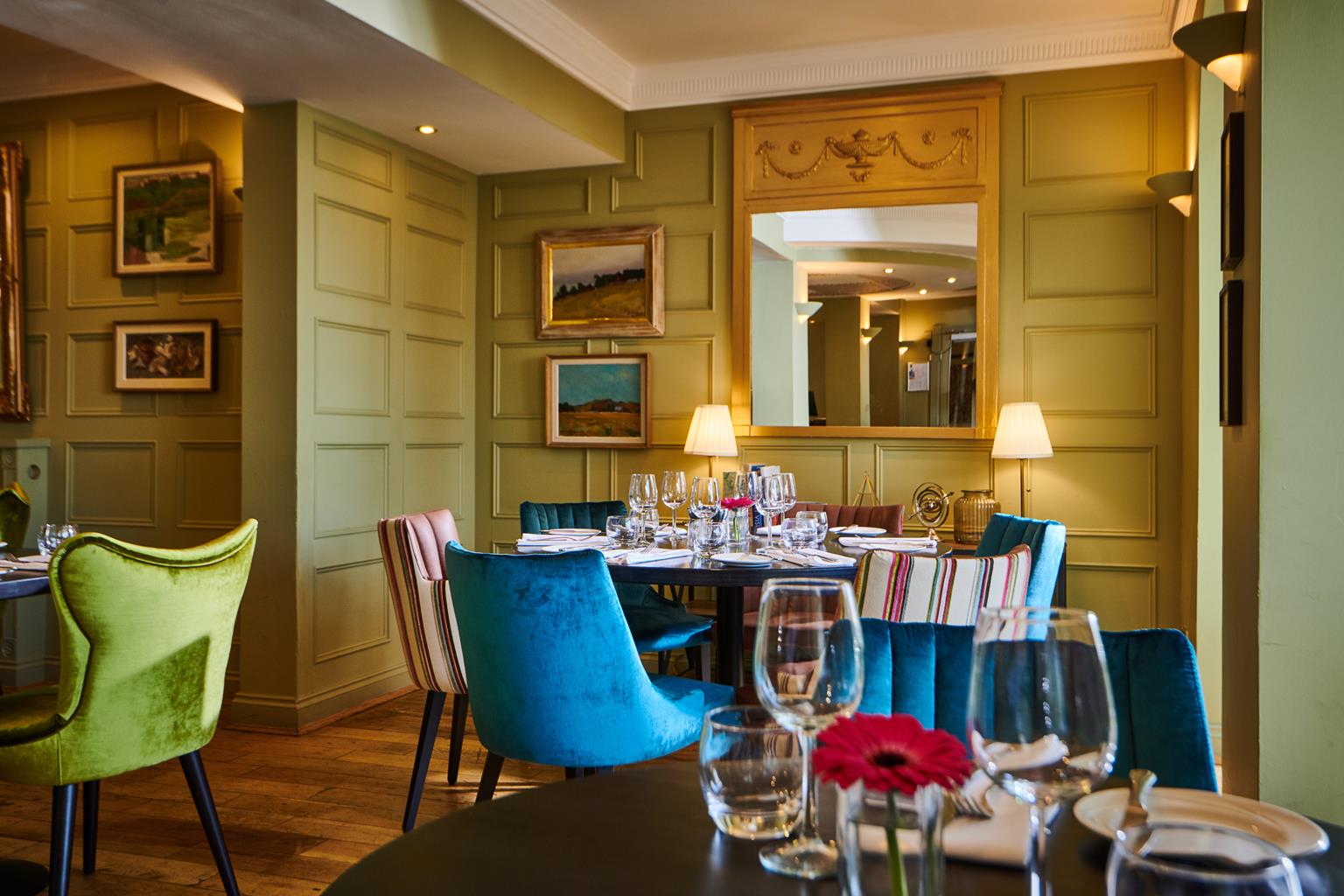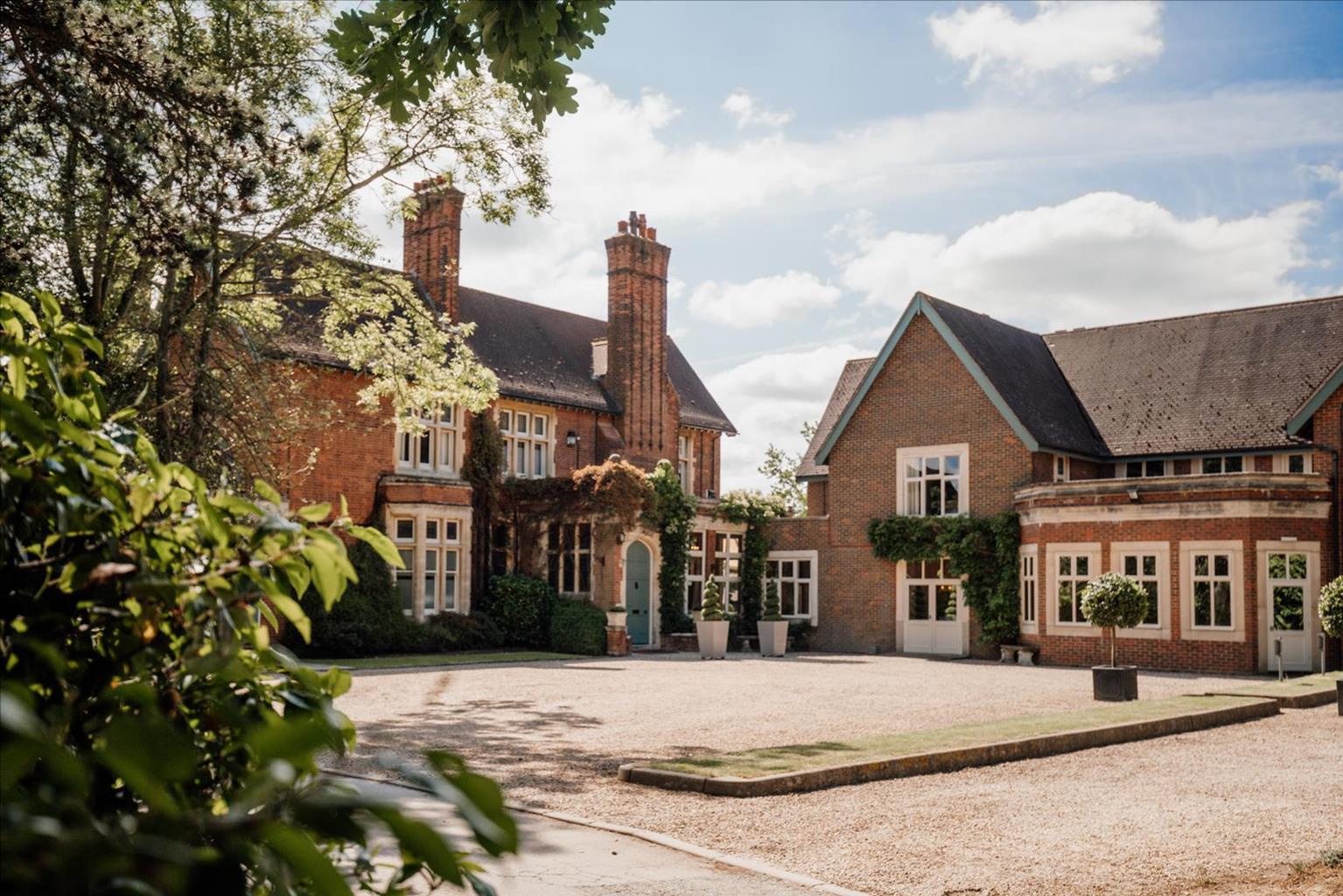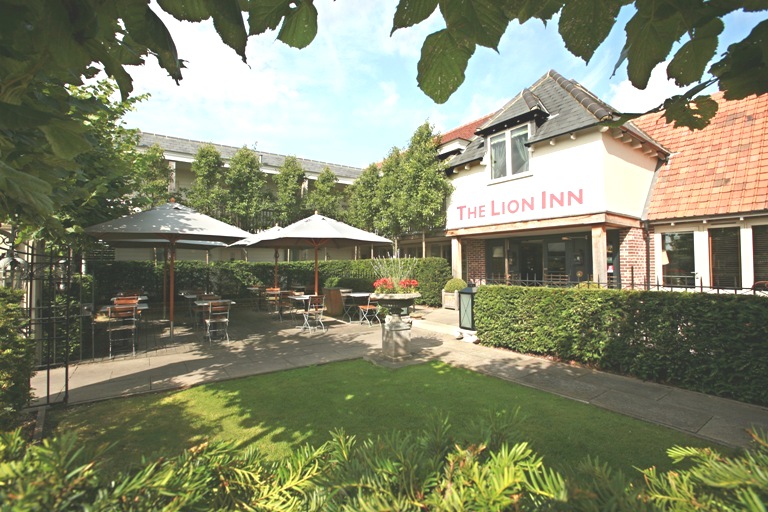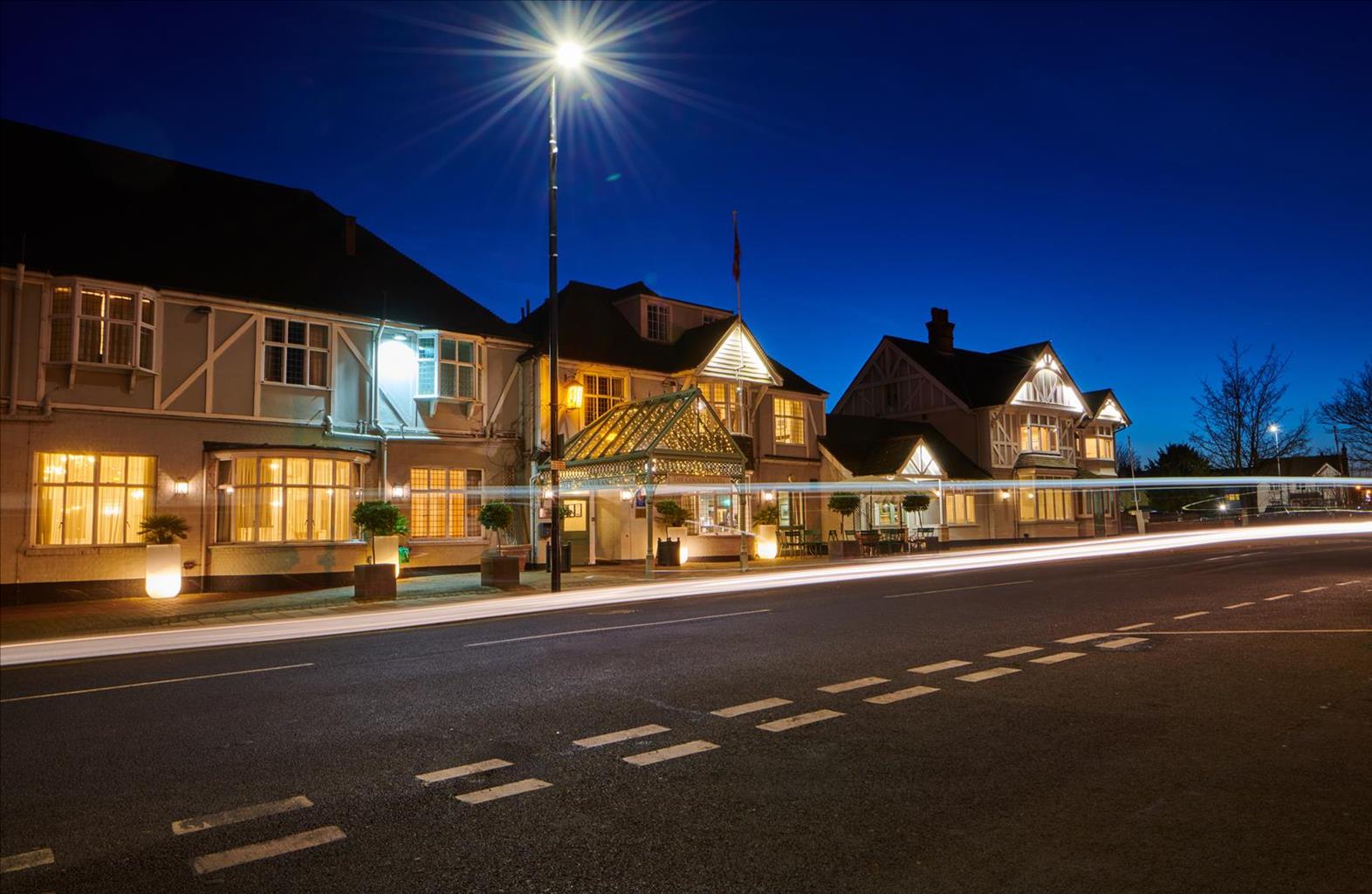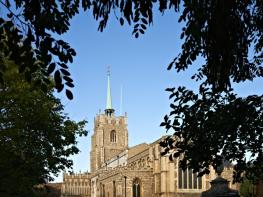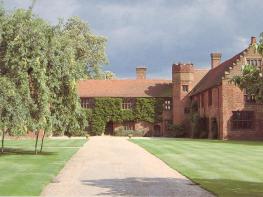A Victorian country-house hotel situated in a peaceful rural location amid attractive landscaped…
Exploring Danbury Country Park

A gentle countryside walk with panoramic views
4 miles (6.4kms)
About the walk
Danbury is surrounded by delightful woodland, much of it common land, and is the largest area of woodland in Essex after Epping Forest. Steep hillocks and heathland soil have prevented intensive arable farming, and as a result its environs are now designated nature reserves, owned and managed by various conservation agencies including the National Trust and the Essex Wildlife Trust. These areas pack a huge variety of habitats into a relatively small space, and if you're a lover of woodland walks, then a stroll around Danbury is bound to appeal.
Diminutive Danbury
The village is perched on a hill, 350ft (107m) above sea level, on the A414 east of Chelmsford. The slender spire of St John the Baptist Church is visible for miles around, especially if you're approaching along the A12 from London. This superb setting compensates for what Danbury lacks in historic buildings – apart from the church, there is little to detain you in the village.
From place to palace
On this gentle walk you'll discover some characterful 18th and 19th-century farms and cottages, and the rather splendid 16th-century Danbury Palace (off limits to the public) inside the country park. Sir Walter Mildmay, founder of Emmanuel College, Cambridge, built the house you see today and called it Danbury Place. But when it was sold to the Church of England in 1845 for £24,700, and occupied by George Murray, 96th Bishop of Rochester, it became known as Danbury Palace, reflecting its change in status.
In the 13th century aristocratic families went deer hunting in the park, which had originally been given to Geoffrey de Mandeville, 1st Earl of Essex, by William I. Today the country park has three delightful duck-filled lakes, picnic areas and impressive specimens of beech and oak. Beside the palace there are beautiful ornamental gardens filled, in summer, with flowers from Asia and the Americas, while herbaceous perennials attract butterflies. Your journey's end is at St John the Baptist Church, in a location where Iron Age farmers once lived. Having risen to these comparatively dizzy heights, look southwards where the views are both impressive and extensive, and you soon understand why the Saxons fortified this position.
The Normans, following in their footsteps, built the church and everyone was happy for a time. But, when Henry VIII decreed that the monasteries should be dissolved in 1536, church furnishings throughout the land were sold to avoid confiscation. The story goes that an enterprising medieval DIY enthusiast used much of the wood from the church to kit out The Griffin inn across the road, and until a few decades ago, part of the rood screen could still be seen above the bar.
Walk directions
Leave the car park via the grassy path to the right of the leisure centre. Bear right along an uphill path beside the hedgerow, and at a crossing of paths by a radio mast turn left and head downhill. Ahead are views of south Essex towards Kent.
Turn right to pass The Cricketers Arms, then cross Bicknacre Road into Sporhams Lane. Follow the path marked 'Butts Green'. At a signpost on the right, take a track through dwarf oaks and gorse, to cross a plank footbridge. After 25yds (23m), turn right along a track, past houses.
At the house called Dane View, keep left and follow the footpath through woodland to Woodhill Road, and turn left to the sign marking the entrance to Danbury Country Park on the right. In the car park go through the kissing gate on the left, by the information board, and go left again onto the path.
Maintain direction past another car park and go through the kissing gate on the left. Pass to the left of two lakes, and at the toilets turn right between lakes and continue ahead to reach the red-brick perimeter wall of the Danbury Conference Centre and Palace.
Turn right through formal gardens, and at the end of the second lake turn left though trees. Maintain direction uphill, diagonally right across a meadow and through the kissing gate. From the kissing gate, walk left uphill following the waymarked posts towards the copse. Continue to a waymarked crossing of paths, taking the one to the right which soon passes to the left of a pond before reaching a meadow. Cross the meadow towards the oak trees, following the waymarked posts.
Look out for where you turn left, and go through a kissing gate carefully onto the busy A414. Cross the road into Riffhams Lane. At Elm Green Lane turn right, uphill, to the A414 by the war memorial on the green. Turn left, cross the road and turn right beside Rectory Farmhouse. The path continues past the backs of houses.
At the T-junction turn left for views of St John the Baptist Church and graveyards. At the second T-junction, turn left to visit the church. Turn right to rejoin your outward path and return to the car park.
Additional information
Grass and woodland paths, field paths, some road
Ancient woodland, lakes, meadows
Some open space, but must be on lead most of way
OS Explorer 183 Chelmsford & The Rodings, Maldon & Witham
Free car park off Main Road opposite library and inside Danbury Country Park
Main Road car park; car parks at Danbury Country Park (which also have facilities for disabled visitors)
WALKING IN SAFETY
Read our tips to look after yourself and the environment when following this walk.
Find out more
Also in the area
About the area
Discover Essex
Essex is full of pleasant surprises. It has the largest coastline of any county in England, with its fair share of castles, royal connections and scenic valleys. Take Colchester, for example, which was built by the Romans and is Britain’s oldest recorded town. Its castle contains the country’s largest Norman keep and yet, a stone’s throw from here, East Anglia’s newest arts centre promises to put Colchester firmly on the map as Essex’s capital of culture.
Tidal estuaries are plentiful and their mudflats offer migrating birds a winter feeding place. Essex was known as the land of the East Saxons and for centuries people from all over Europe settled here, each wave leaving its own distinctive cultural and social mark on the landscape. Walking a little off the beaten track will lead you to the rural retreats of deepest Essex, while all over the county there are ancient monuments to explore:
- the great Waltham Abbey
- Greensted, thought to be the oldest wooden church in the world
- the delightful village of Pleshey has one of the finest examples of a former motte-and-bailey castle
- Hedingham Castle, magnificently preserved and dating from the 11th century.
Nearby stays
Restaurants and Pubs
Nearby experiences
Recommended things to do
Why choose Rated Trips?
Your trusted guide to rated places across the UK
The best coverage
Discover more than 15,000 professionally rated places to stay, eat and visit from across the UK and Ireland.
Quality assured
Choose a place to stay safe in the knowledge that it has been expertly assessed by trained assessors.
Plan your next trip
Search by location or the type of place you're visiting to find your next ideal holiday experience.
Travel inspiration
Read our articles, city guides and recommended things to do for inspiration. We're here to help you explore the UK.



